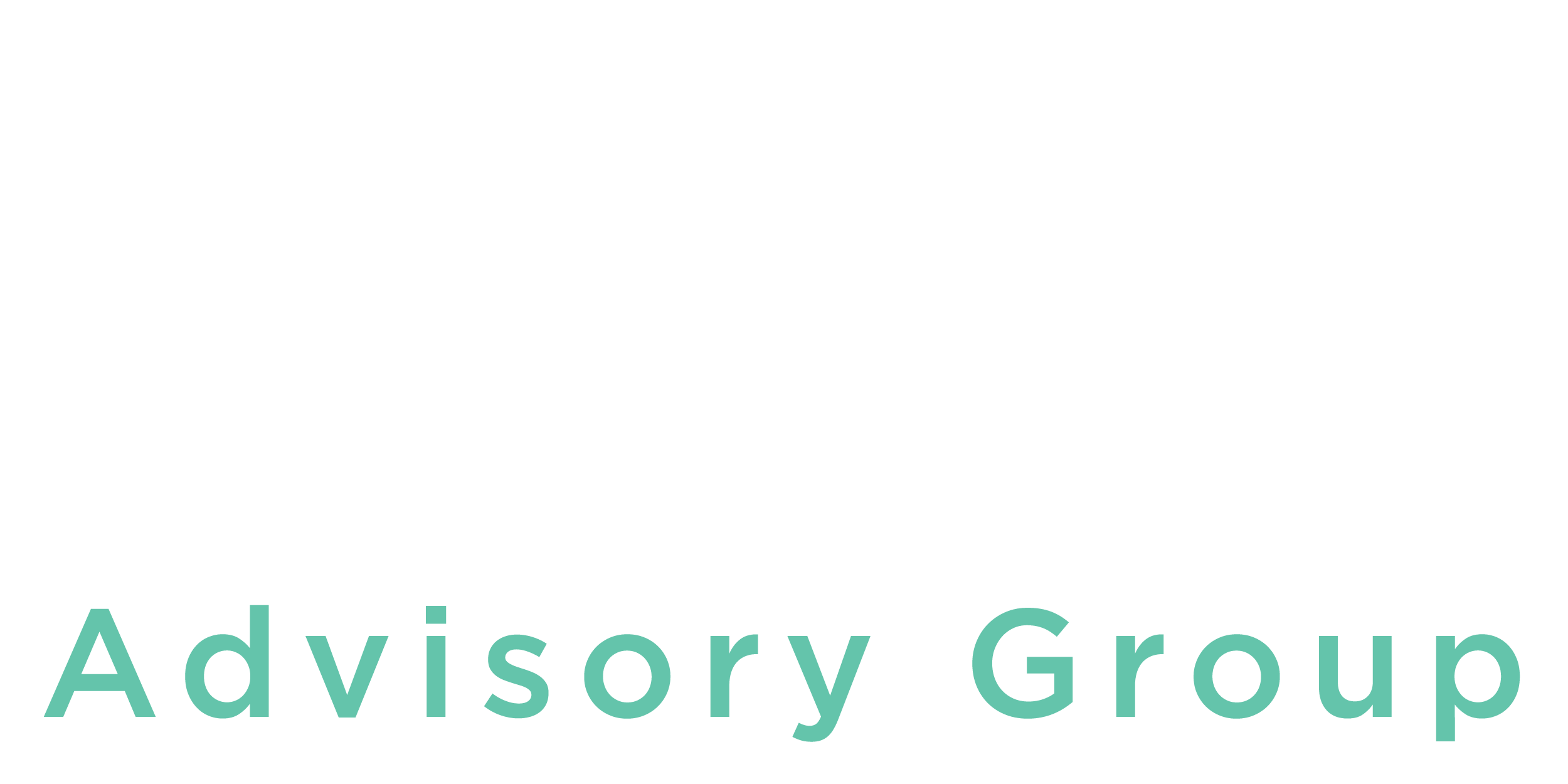How do you ensure your goals are more than words on paper?
The start of the new school year ushers in a whole suite of exciting opportunities and new beginnings. One of these new beginnings is the goal-setting process or the implementation of the goal-tracking process with your team. At Alma, we have had opportunities to work with many teams over the years, and what we’ve learned is that it is less about the framework or type of goal you set as it is about the process of learning with your team. Below, we offer a 7-step framework to structure your team’s learning and goal-setting cycle.
Keep it simple and inspiring
People are busy and will likely fall into routines and behaviors that are most familiar. The essence of a goal-setting or improvement cycle is to disrupt the typical behaviors or mindsets to improve the collective outcomes of the team. To do that, you’ll have to inspire everyone around a shared purpose for the actions the group will need to adopt or adapt. Drilling down into the shared purpose of the team – clarifying and getting agreement around the collective why will help bring the group together around a common set of goals.
- Articulate your why: Check out this short video of author and speaker Simon Sinek describing the Golden Circle, which essentially describes how we explain “the why” for our work. Watch and engage your team in defining why you get out of bed every morning.
- Reflect: What is most important for us to accomplish this year? Why is this so important? Be bold and audacious!
Break it Down
Organizational change takes time and can be complex, but ultimately, it’s about taking many small steps towards a future state – a goal! In this step, you’ll want to take each of your goals and break them down into smaller steps or actions that will incrementally move you toward your big goal.
- Read: In the article, 5 Ways to Set More Achievable Goals, authors Rakshitha Arni Ravishankar and Kelsey Alpaio detail steps that further demystify and simplify this process.
- Define the steps: You can use one of the many goal-setting frameworks to help you here. One of the more popular ones is SMART goals, but what is important in this step is to articulate a goal that allows you to create a roadmap for your team. In other words, you want to help them see “how” they will accomplish it.
- Reflect: What are the most critical actions needed to accomplish this goal?
Create a plan to visualize it
This is where the rubber meets the road. Setting inspiring and lofty goals is fun, but how will you make it happen? In this step, you work with your team to lay out the plan, and we recommend you be as specific as possible about the steps you will take collectively, the roles you will play to support one another, and the resources or tools needed to help you achieve your goals.
- Create a plan: For each goal, define specific actions/milestones, approximate target dates, and who will be important to involve at each stage.
- Reflect: What tools will help us stay focused on these goals? We recommend you document your plan in a shared document where everyone has access or even on a whiteboard where everyone can see it. The visual reminder will constantly remind you what you are working towards as a group.
Schedule your checkpoints
Build in time on your team agendas to periodically review progress and check in on progress. We recommend setting specific calendar reminders to check on progress towards your respective goals and involving different team members so that it is a shared responsibility. In the article, Adding Your Goals to Your Calendar, author John Hall shares practical ways to integrate the monitoring process into your calendar to allocate time to check progress, support, and assess progress.
- Reflect: When and how will we check in on progress? Define who can help as this is a great way to build your team’s capacity and share ownership of the process.
Define the feedback and support needs to stay on track
Goal setting is a change process requiring resources and support – so plan for these (as much as possible) in advance. Consider existing supports and strengths and if you will need to secure funding or protect time to strengthen or build the skills needed to accomplish what the team asks.
- Conduct a SWOT: This is why it’s important to keep it simple – a lot of work is involved in accomplishing a goal. One way to surface the opportunities and vulnerabilities you are facing is to engage your team using a SWOT analysis to help you better prepare.
- Reflect: What resources can we tap into to support our efforts? What additional time/tools do we need?
Review, adjust, repeat
Whether things are or are not going according to plan, it will be important to understand why. Once you reach one of your scheduled milestones/checkpoints, engage your team around a reflection to help understand what contributes to your progress and what hinders it.
- Remember your data: What evidence, data, or information are you using to inform your assessment of progress? This can be quantitative or qualitative, but it will be important to have a shared understanding of what you’re looking for to ascertain progress.
- If your data shows signs of positive progress – It’s just as important to know why something is working as it is to understand why it’s not.
- If not, why not? What do we need to consider? Was the target off from the start? Did we fail to provide the right support?
Celebrate the learning
Whether you met the goal, surpassed it, or missed it, it’s important to come back together and celebrate what you learned. By understanding and using this learning cycle to inform further learning and goal setting, you can set your team up for bold and audacious future cycles.
- Reflect: What did you learn? What do you want to replicate for the next cycle?
It’s in the process, not necessarily the outcome, where the learning takes place. By making the learning visible and celebrating lessons learned as you go, you and your team will be well-positioned to effect the necessary change to accomplish your goals. Establishing a simple process, your team can support and champion will ensure sustainable or transformative change. Don’t hesitate to contact our team to learn how we can partner with you.

